The Plant Leaves; Simply and Compound
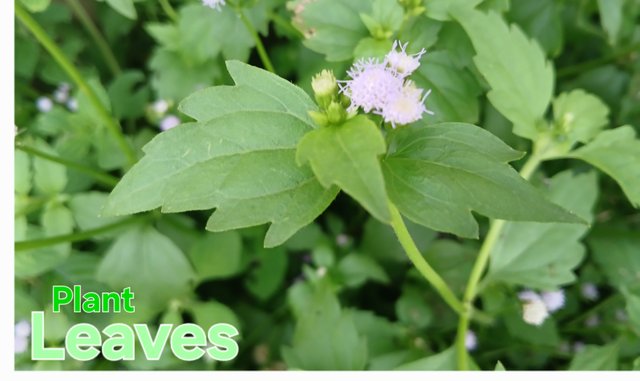 Praxelis clematidea A leaf we locally call Awolowo
Praxelis clematidea A leaf we locally call Awolowo
The plant Leaves 🍃
Hello everyone! I am glad to share my knowledge with you all. in this post, i will be exploring the world of plant leaves. I will define and describe it, discuse its functions, type and a little detail about plant leaves. Just so you know, plant leaves is so big a topic that i can't cover it all in this post.
| What is a Plant Leaf |
|---|
Leaves, also known as foliage are the principal part of a plant that creates its food in a process known as photosynthesis.
Description
Most leaves are green because of their chlorophyll content, though they may have other colours or a mixture of colours. Leaves often have a flat surface, attaching to the plant directly or through a stalk in a position that allows the flat suface to face the sun.
A typical leaf has a midrib or primary vain that runs from the petiolate to the apex along the center of the leaf. From it, a fractile of vains spreads across the lamina blade to the leaf's margin. Most grass leaves do not have fractile venation but have vains that run parallel to each other, a characteristic of most monocot plants.
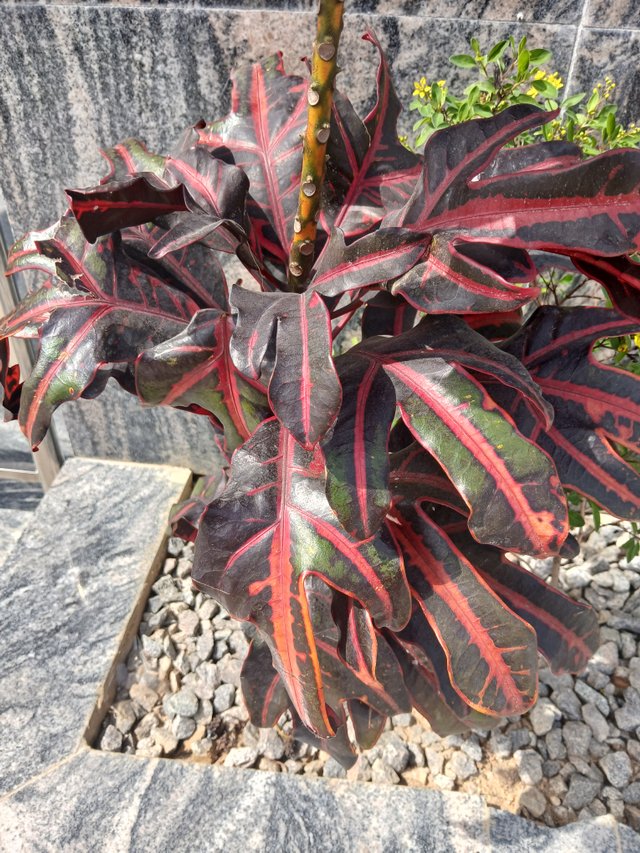 Some leaves are not green the Croton plant is a good example
Some leaves are not green the Croton plant is a good example
As I mentioned earlier, leaves come in different formats, shape, sizes and even colours.
| Types of Leaves |
|---|
Leaves can be sorted based on
- The shape of the leaf
- How they attach to the sterm: with or without a stalk.
- Phyllotaxy: position on the sterm, opposite or alternate.
- How their blade looks: smooth, bumpy or serrated.
- Venation: how the veins are arranged on the leaf.
- It is a lot common to separate leaf in to two major categories. A simple leaf and a clmpound leaf.
Simple Leaf
A true simple leaf has a completely undivided blade that goes round the leaf.
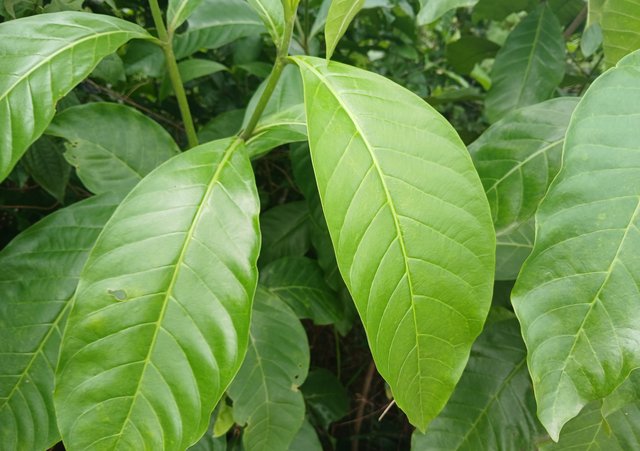 the Tovomita longifolia has a true simple leaf, and you can clearly see the midrib running through the middle and the vains coming out of it. The blade is smooth and goes round the leaf uninterrupted. Often has a single midrib for a leaf.
the Tovomita longifolia has a true simple leaf, and you can clearly see the midrib running through the middle and the vains coming out of it. The blade is smooth and goes round the leaf uninterrupted. Often has a single midrib for a leaf.
Some simple leaves may have multiple midribs attached to the leaf stalk. 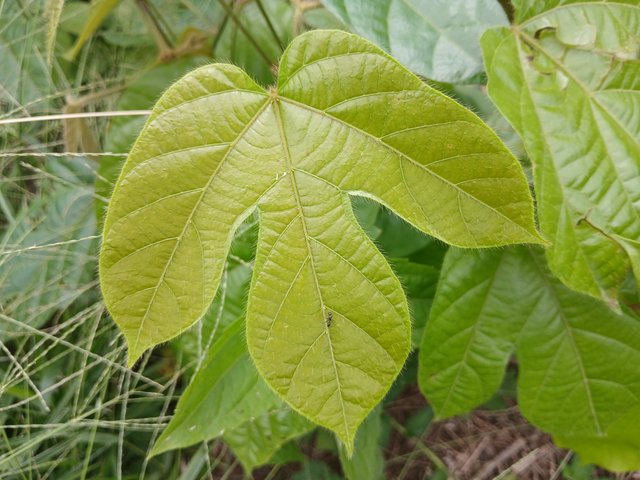 This leaf has three midrib.
This leaf has three midrib.
The cassava leaf below is another example of a simple leaf
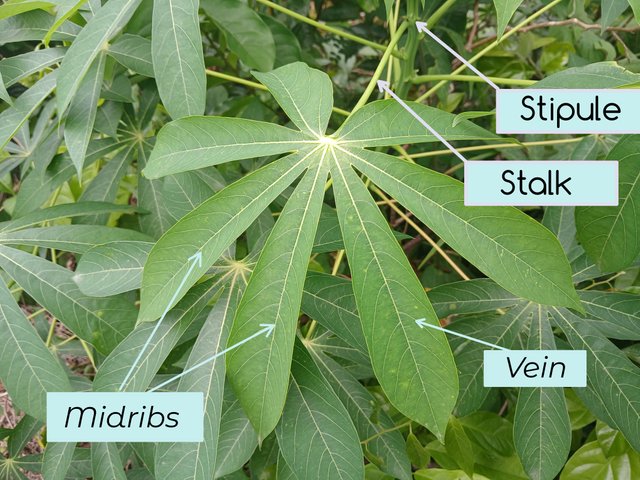 This Cassava leaf has 7 midribs attached to the stalk
This Cassava leaf has 7 midribs attached to the stalk
Note that the important point is where the leaf stalk attaches to the sterm
Compound Leaves
A Compound leaf has a stalk attached to the plant sterm and the stalk has rachis which has plenty of leaflets.
A good example is a coconut tree. It has very large and countable Compound Leaves carring many long leaflets.
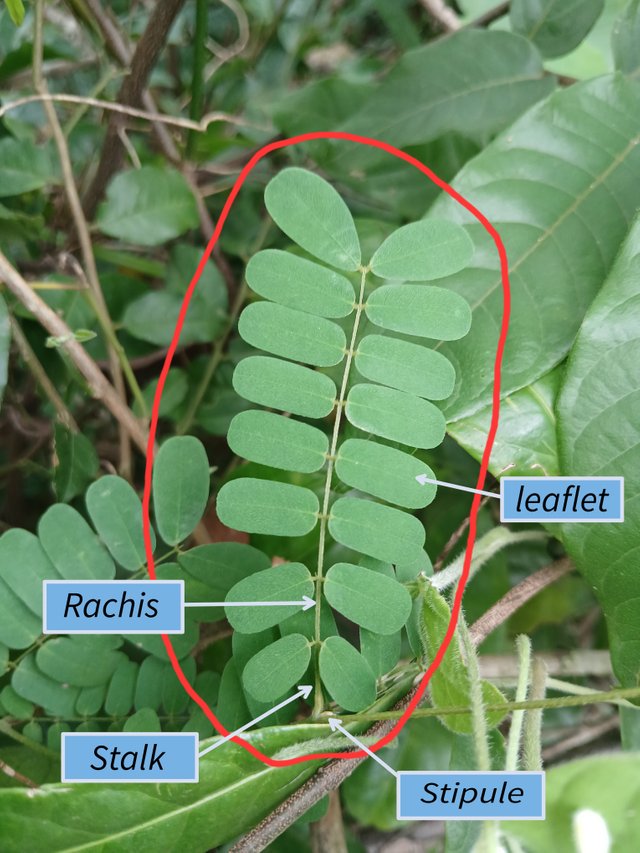 the Abrus is a good example of a compound leaf
the Abrus is a good example of a compound leaf
If you do not really understand what you are looking at here, this is one leaf and its a compound leaf with 16 leaflets from a plant called Abrus.
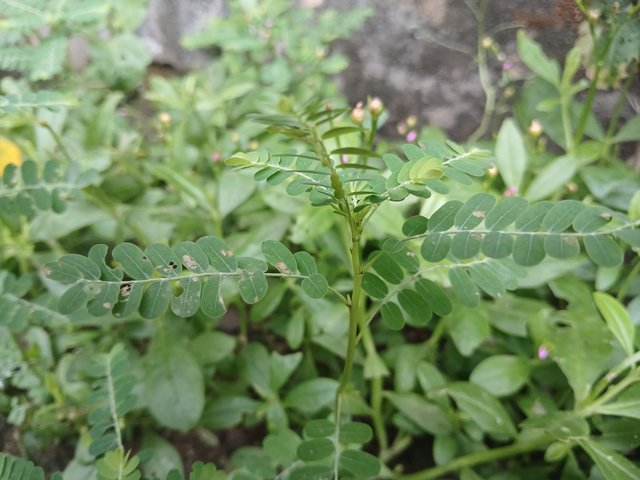 The Phyllanthus amarus has compound leaves
The Phyllanthus amarus has compound leaves
Start by identifying what part of the plant is the sterm, then the stalk (petiole) that holds a leaf is attached to the sterm.
Each single leaf starts where the leaf-stalk connects to the sterm and has a stipule. Leaflets in a compound leaf don't have a stipule.
Some compound leaves are even more complex. Moving from the sterm, we have the stalk which is followed by not just one but two or more rachis and the rachis now holds the leaflets.
| Function of a leaf |
|---|
The beautiful shape and colour of the leaf makes the plant look attractive.
With the help of sunlight, CO2 and water from the ground, the plant leaves are factories that manufacture plant food.
The leaves also help the plants to give off excess water and absorb CO2 from the environment.
Some leaves store the plant food and few leaves can reproduce the plant.
Uses of leaves to humans
We eat plant leaves as food, some planr leaves are good medicine, we use then for decoration. And some are good pesticides. Plant leaves can be used to build shades. The thatched roof of a traditional house is made of plant leaves.
The rachis of palm tree leaves are locally used to make footstools, beds and benenche.
| Other features of some leaves |
|---|
The cocoyam leaves can not get wet, water will always roll down from it.
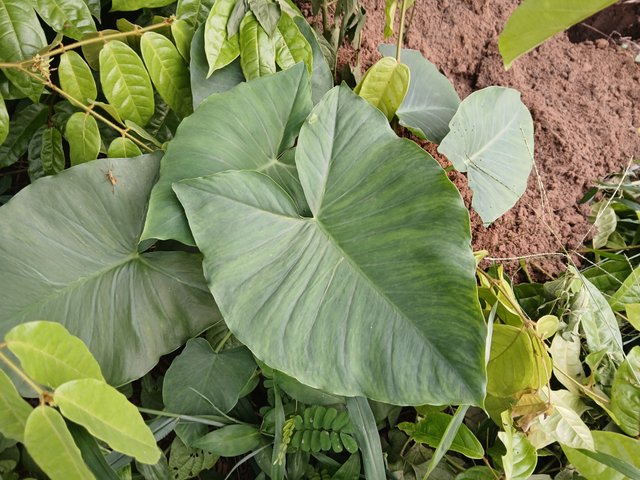
Banana and plantain leaves are large with veins running parallel to each other.
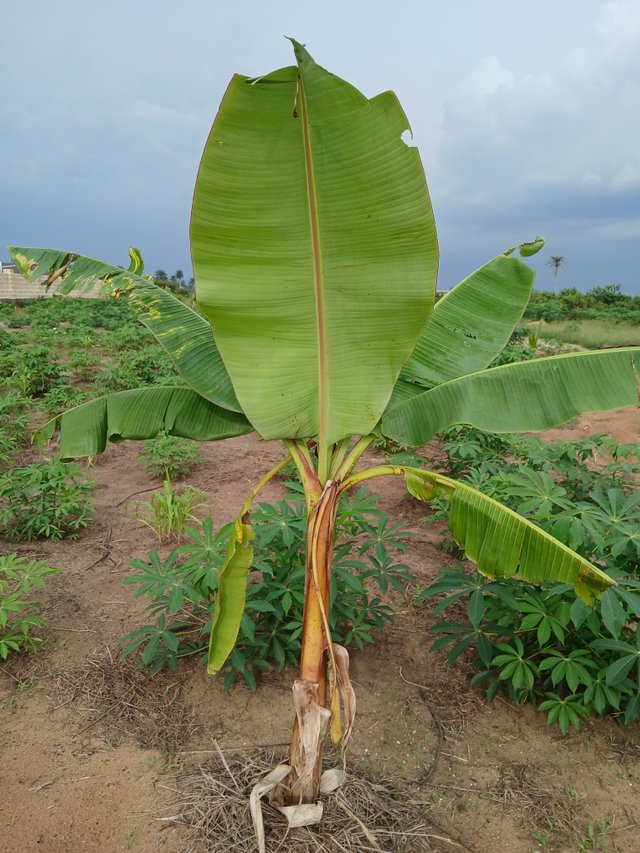
Some leaves have serrated edges like the Chromolaena Odorata
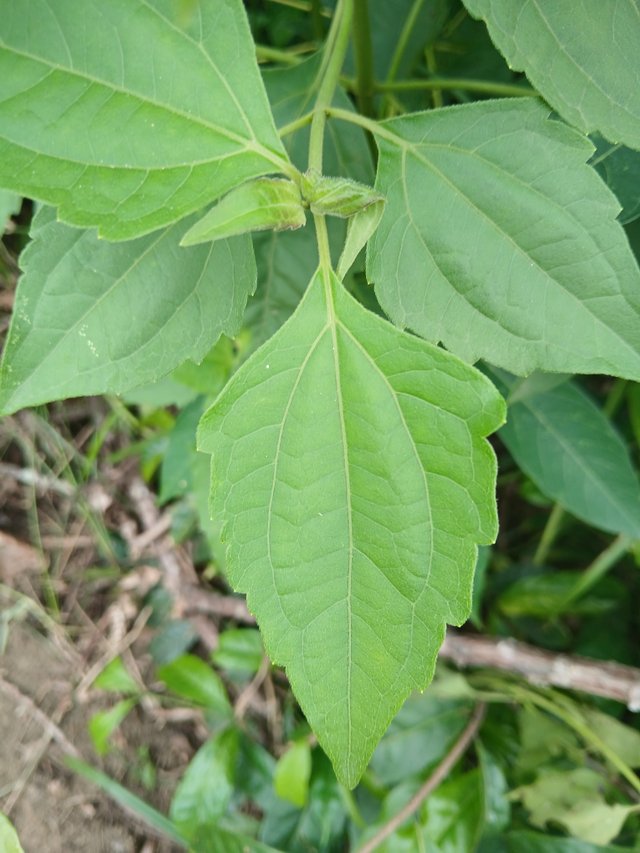
We also have the Setaria palmifolia, often known as the palm grass
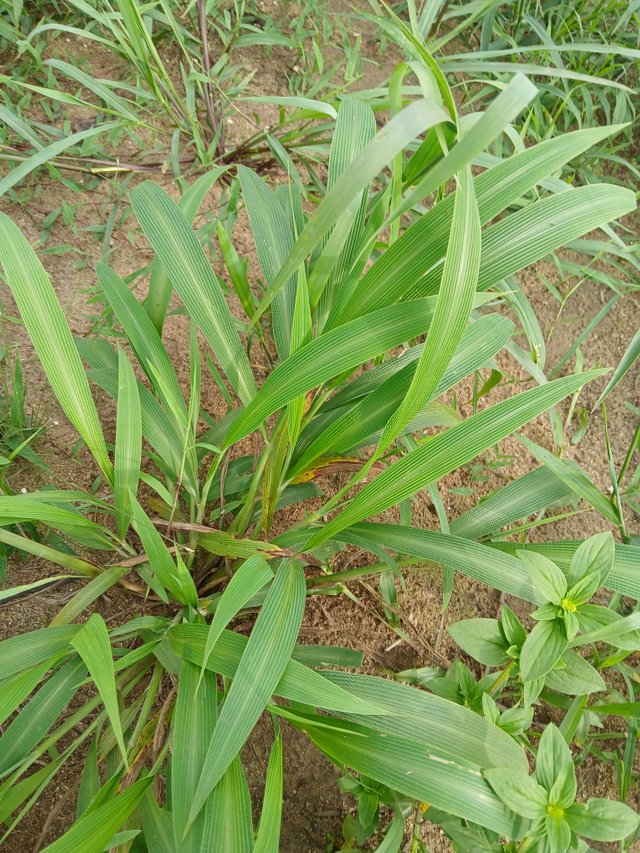
Some leaves are not your friend, they are armed with defence mechanisms that will cause skin irritation. An example is locally known as Ntan. As you study plant leaves, some of them do not want to be disturbed when they are working.
I am inviting @goodybest, @ninapenda, @eliany and @josepha to make some inputs to this topic.
Thank you, friend!


I'm @steem.history, who is steem witness.
Thank you for witnessvoting for me.
please click it!
(Go to https://steemit.com/~witnesses and type fbslo at the bottom of the page)
The weight is reduced because of the lack of Voting Power. If you vote for me as a witness, you can get my little vote.
https://twitter.com/udyliciouz/status/1791762783547060602?t=IDFUcGlROK1_dktHaAmFkg&s=19
You have explained the types of leaves in great detail. The leaves of trees are of different shapes. Sometimes there is a slight difference in their color. This is natural beauty and this is the specialty of nature. Which has been explained very well. I read in science that leaves make their own food.
Welldone.